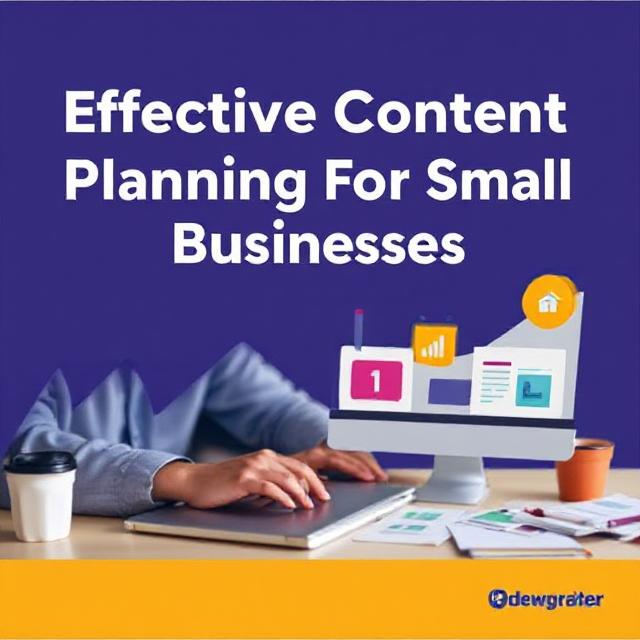
Content planning is essential for small businesses looking to build brand awareness, attract customers, and drive sales. A well-structured content strategy helps maximize resources, maintain consistency, and engage the right audience. Here’s how to create an effective content plan:
1. Define Your Goals and Target Audience
Start by setting clear content objectives:
- Increase brand awareness
- Drive website traffic
- Generate leads and sales
- Build customer loyalty
Identify your ideal audience by analyzing their demographics, interests, and online behavior. Understanding their preferences will help you create content that resonates with them.
2. Choose the Right Content Types
Small businesses should focus on content that is cost-effective and impactful. Popular content formats include:
- Blog Posts – Drive organic traffic through SEO
- Social Media Posts – Engage and grow your audience
- Videos & Reels – Showcase products and brand personality
- Infographics – Simplify complex information
- Email Newsletters – Nurture leads and encourage repeat customers
Repurpose content across different platforms to maximize reach and efficiency.
3. Develop a Content Calendar
A content calendar helps maintain consistency and ensures timely content delivery. Plan your content schedule based on:
- Posting frequency (e.g., daily, weekly, bi-weekly)
- Key events, holidays, and industry trends
- Promotional campaigns and product launches
Use tools like Trello, Notion, or Google Sheets to organize and track content ideas.
4. Optimize for SEO and Engagement
For blog posts and website content, use SEO best practices:
- Research and include relevant keywords
- Write compelling headlines and meta descriptions
- Optimize images and videos for faster loading times
- Link to internal and external sources for credibility
For social media, use engaging captions, trending hashtags, and interactive elements like polls, quizzes, and user-generated content.
5. Leverage AI and Automation
AI tools can help small businesses create content faster and more efficiently:
- ChatGPT, Jasper, or Copy.ai – AI-generated blog posts and social media captions
- Canva or Adobe Express – Easy graphic design for visuals
- Buffer, Later, or Hootsuite – Social media scheduling and automation
Using automation tools saves time and allows you to focus on strategy and engagement.
6. Track Performance and Adjust Strategy
Monitor content performance to understand what works best. Key metrics to track:
- Website analytics (Google Analytics) – Traffic, bounce rate, conversion rate
- Social media insights – Engagement, reach, shares, comments
- Email open and click-through rates
Analyze data regularly and adjust your content strategy based on audience feedback and performance trends.
